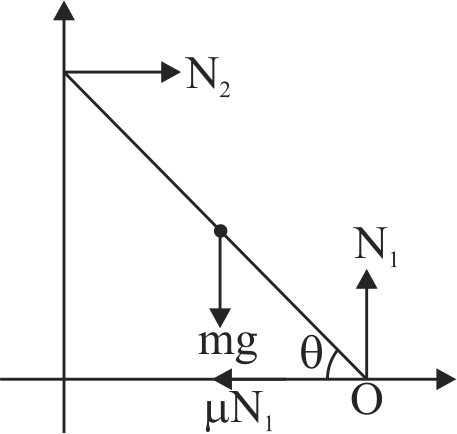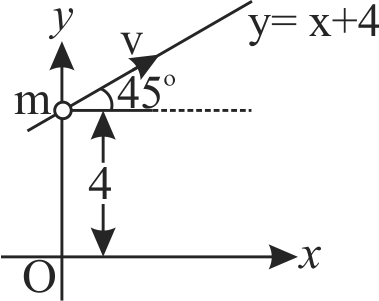366157 A ladder of length \(l\) and mass \(m\) is placed against a smooth vertical wall, but the ground is not smooth. Coefficient of friction between the ground and the ladder is \(\mu\). The angle \(\theta\) at which the ladder will stay in equilibrium is
366157 A ladder of length \(l\) and mass \(m\) is placed against a smooth vertical wall, but the ground is not smooth. Coefficient of friction between the ground and the ladder is \(\mu\). The angle \(\theta\) at which the ladder will stay in equilibrium is
366157 A ladder of length \(l\) and mass \(m\) is placed against a smooth vertical wall, but the ground is not smooth. Coefficient of friction between the ground and the ladder is \(\mu\). The angle \(\theta\) at which the ladder will stay in equilibrium is
366157 A ladder of length \(l\) and mass \(m\) is placed against a smooth vertical wall, but the ground is not smooth. Coefficient of friction between the ground and the ladder is \(\mu\). The angle \(\theta\) at which the ladder will stay in equilibrium is


